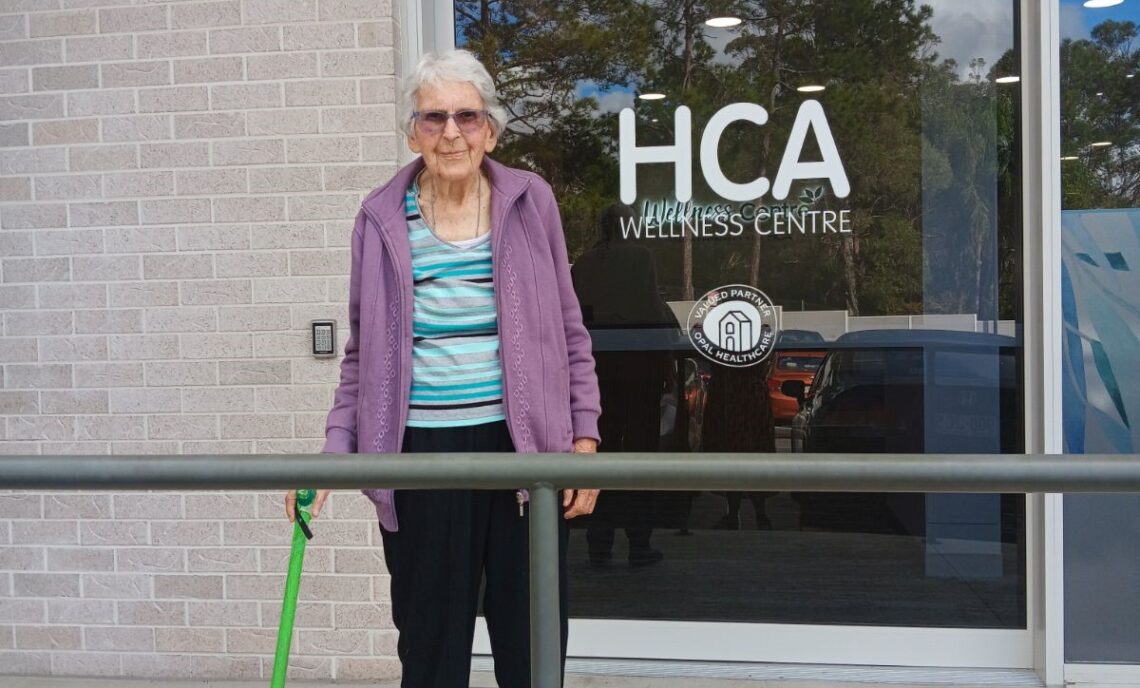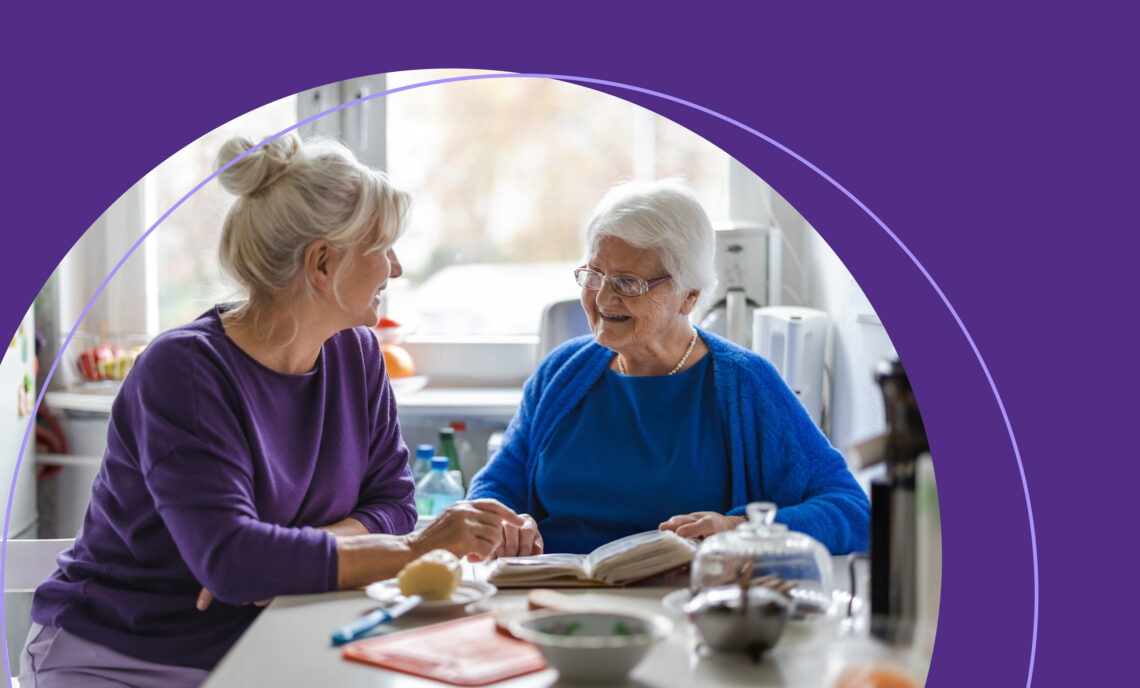
The history of nursing
Table of Contents
The history of nursing
We all know the name Florence Nightingale; in the nursing and healthcare world, she is a household name. Nightingale challenged the social norms of the times and spoke up about her beliefs that educated nurses were needed in the healthcare space to improve conditions, improve care, and improve outcomes. But before Nightingale came around, nursing existed in a very different form, but ultimately the role of a nurse or the concept of nursing has been around since the beginning of time however has evolved over time to become a registered and important profession. Nurses in today’s society mark one of the most indispensable roles in the healthcare system. Nursing as a profession began in the days of the Roman Empire in around 300 A.D. The Roman Empire decided to build hospitals in every town and the nurses assisted the doctors in procedures and assisted patients in hospital care.
Nursing then grew in Europe and became a much more modernised and popular professional path, and at that time became significantly linked to the Catholic Church. Nursing became largely underpinned by religion, hereby most nurses were nuns or even monks. This is why for many years nurses got called sisters, as they were actually nuns. This term is still used in workplaces across Australia occasionally, as a sign of respect and more so a nickname for your colleagues.
The year 500-600 A.D. brought the rise of the first Spanish Hospital, where the church supplied a significant number of nuns to grow the nursing staff pool and work within the hospital. The Emperor of the time decided to build hospitals to be attached to every cathedral and monastery in Europe, which gave rise to numerous nursing jobs, with citizens presenting to the church for medical care. Nurses of the time did not receive compensation or income, as was seen and their devotion to the church and their religious expectations. Nurses lacked proper education and lacked social status. This existed for many years until the arrival of Florence Nightingale.
** Fun fact: the word ‘nurse’ actually came from the Latin word ‘nutrix’ which means to nourish. A nurse was described to be someone who nourished, fostered, and protects patients and citizens.
Florence Nightingale

Florence Nightingale changed the course of nursing forever. The 1800s and 1900s saw another huge rise in the need for the nursing profession with the commencement of the war and the massive need for help along the front lines. Florence Nightingale began her career caring for soldiers on the frontline and chose a career path that did not align with what was expected of her upbringing, having grown up very well-educated and wealthy. Nursing at that time was seen as a profession for those who were uneducated and poor, but Nightingale believed that the profession should be filled with educated individuals in order to provide better and more informed care to patients. Nightingale believed that nursing would allow intellectual and social freedom for women. The hygiene of the time was dismal, resulting in a number of fatal infections from war wounds. At the time, the Russian soldiers were having greater survival rates post-nursing care due to their conditions and treatment. Nightingale saw this as unacceptable and pursued the British Government to provide better hygiene, which they obliged, and the rate of death was reduced significantly due to this. Within a few days, Nightingale was sent to a hospital in Turkey to improve their condition and the hospitals were sanitised, opened for ventilation, provided with more nourishing and healing food and adequate treatments were provided. Mortality rates decreased drastically from 42.7% to 2%. Alongside Nightingale were dozens of other volunteers that were sent to poorly kept hospitals to improve the conditions. Nightingale had a passion for improving conditions within nursing and the living conditions for patients, such as sanitary products and hospital layouts. Nightingale became known as the “Lady with the Lamp” as she would make nightly rounds to check on the wounded patients to ensure they were healing well. Nightingale’s educated background gave light to the importance of education in nursing and how educated insight really could change the outcomes and lives of many soldiers and people in the future.
In 1855 Nightingale was granted £45,000 to establish a nursing school and by 1860, Nightingale opened the first nursing school in London named the Florence Nightingale School for Nurses. This gave rise to the modern nursing we have today and where schools for nursing and education for nursing came about. Nursing training was implemented, and an apprenticeship-style education was provided.

History of nursing in Australia
Sydney Hospital was the first hospital, built in 1811, and was staffed by convict women and some men who were provided with their accommodation but no wages in exchange for their labour. In 1838, the first Nightingale-trained nurses, named the Irish Sisters of Charity, arrived at the Sydney Infirmary and began implementing the Nightingale principles and educating other nurses in the same way. The Private Hospital in Adelaide became the first training hospital for nurses in 1854 and by 1900 most Australian hospitals had nursing training programs for students that ran for 3 years. By 1920 South Australia became the first state to pass legislation to make nursing a registered profession. Western Australia followed in 1922 followed by New South Wales and Victoria in 1924. The nursing course accepted students from the age of 17 and involved a three-year course on the wards and a 6-week preliminary training school. The Australian Nursing Federation (ANF) that we all know today, began its first meetings in 1924 and from that moment strived for increases in wages, and better working conditions and became nursing advocates. In the late 1970s, the Royal College of Nursing Australia ran the first Diploma of Applied Science (Nursing) in Melbourne. Over the next decade, other states and cities followed suit, with hospital schools ceasing to exist however it wasn’t until the early 1990s that universities actually allowed nursing degrees to be granted as bachelor’s degrees in line with allied health degrees, rather than diplomas. Merle Parkes, a pioneer nurse educator, played a major role in transforming nursing education into the university sector and was awarded the Member of the Order of Australia from the Queen in 1982 due to her efforts in the nursing profession.
The Australian Nursing and Midwifery Council (ANMAC) was established first in 1992 to ensure the practice was regulated, however, it wasn’t until the 1st of July 2010 that saw nurses regulated and registered under the new name of the Nursing and Midwifery Board of Australia (NMBA), under Australian Health Practitioner Regulation Agency (AHPRA). Now in Australia there are many ways to become a nurse including through university or TAFE and nursing has a wide range of opportunities and career paths. Nightingale believed nursing would give people social and intellectual freedom and she was right! No doubt work still needs to be done, but for those lucky enough to work in this industry, we are blessed to be able to do the work we do, and we should thank all of those that came before us and paved the way for us to work and care for our patients today. Let’s continue to pave the way for future nurses, Let’s continue to support each other, learn from each other, and spread the passion for healthcare!
Go Nursing go!

Interested in joining us?
https://bit.ly/3NEYY8C



